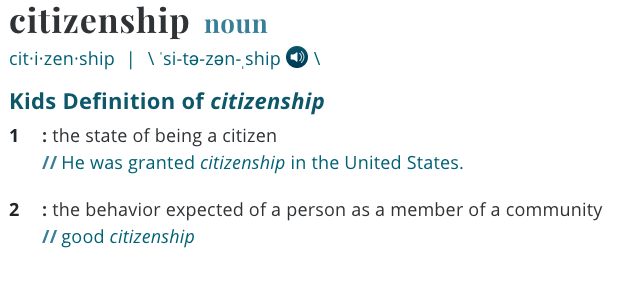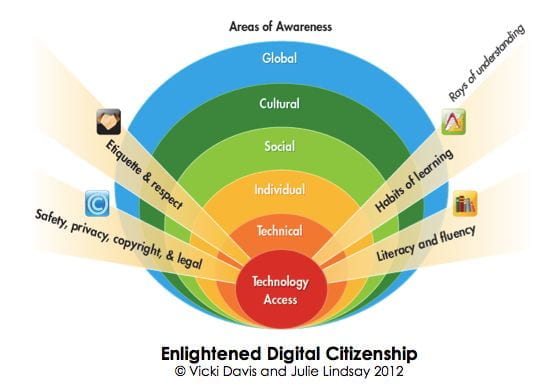(1st: Teacher/Family/Community; 2nd: Peer(s); 3rd: Classroom/School)
There’s a plethora of research around the creation of a teaching and learning environment that will assist a school or teacher in delivering their strategic plan goals and learning intentions or outcomes. Many teachers will remember being taught about desk placement and room design at university. I have a Bachelor of Education Early Childhood from 2007 and recognising the ‘environment as the third teacher’ was a key aspect of that degree.
It must be said, any time one discusses the teaching and learning environment, that in more recent times, teachers have begun to share their teaching and learning environments on social media. This has resulted in the creation of the term being a ‘Pinterest teacher,’ sometimes referred to in terms of a teacher who focuses on making the teaching and learning environment ‘pretty’ instead of or at the cost of focusing on key teaching and learning objectives. (Full disclosure: follow me on Pinterest here).
Rather than thinking of the teaching and learning environment as a dichotomy of either being someone who doesn’t consider their environment at all (often having cluttered ‘noisy’ classrooms) versus being a ‘Pinterest teacher’ (often having very pretty classrooms but minimal quality lesson programming) we should rather consider a third option of simply being in favour of planning for the teaching and learning environment as a key component in delivering the key teaching and learning objectives, as a part of being a ‘Reflective teacher.’
Most teachers can agree that if a class is not functioning well when the desks are arranged a particular way, then we change the seating arrangement, or we make modifications and adjustments to suit the needs of our students. Along those same lines, the ‘environment as the third teacher’ approach is based on the learning environment needs of young children. This is part of everyday programming for preschool teachers and has been adapted by ACECQA (2018) quality teaching aims for students to learn through play and ‘real world’ experiences – which is accredited originally to a group of educators in Italy known as ‘Reggio Emilia’ (sometimes abbreviated to ‘Reggio’).
This video by Schmidt-Jones (2020) explains the ‘environment as the third teacher’ approach really well and is worth considering in terms of how primary school teachers view their classrooms and resources. e.g. We should also utilise the research and evidence based practices in the design and layout and functionality of our teaching and learning spaces. There is a lot of recent research available about classroom design. However, in the interest of brevity, the research by Barrett, P., Davies, Zhang & Barrett, L. (2015, p.131), indicates the following types of considerations and changes to the primary school learning environment will be most likely to have a positive impact on student outcomes:
To begin a reflection and evaluation of YOUR teaching and learning environment,
- Take a moment to look around your classroom or office space and ask yourself, ‘if spaces speak, what is my room saying? Are there ways to improve the natural light in the room? What is the temperature and air quality like? How flexible is the seating? What is stimulating the students visually and what might be creating a vibe of clutter or noise? What is the main colour of the room or is the room full of many colours? Who has ownership here – What percentage of the space is ‘teacher’ driven versus ‘student driven?’ – Where is the teacher’s desk/teaching spot/small group area/storage area(s) and how important does their placement seem when you walk in? What values are being communicated to the students? What values are communicated to parents and families? What values are being communicated to colleagues?’ (For example, I value nature, sunlight and muted colours, so I prefer to use woven baskets, clean windows and natural elements in my teaching and learning environment).
- Liaise with all stakeholders on their thoughts and desires for the learning environment. I once had a whole wall that I covered in beautiful floral material, but a parent of a student with additional needs asked me to remove it because the patterns made her feel uncomfortable (and possibly her child also.) Consider carefully how students with additional needs may need the room adjusted. Bright colours may have an impact on students with Autism Spectrum Disorder. Metal pencil tins may make the room too noisy for students with sensitive ears or hearing impairments. Some students are sensitive to smells or textures. Some may find it difficult to focus in a room full of flexible seating. Also, consider that anything that has been on the wall for a while has become ‘noise’ that is not contributing to student learning. Consider if there is a way to display student work or learning goals without having it flapping overhead. Consider if there is a way of utilising online cloud resources rather than paper for student work and for teacher programming.
- Be prepared to spend time in your space, making modifications and adjustments that suit the answers to these questions and your teaching philosophy.
- Ask for help! Spend some time in the rooms of your colleagues. Beg. Borrow. Steal good ideas (always giving credit where credit is due).
- Revisit these questions and points regularly to ensure the space is continually improving.
In conclusion, I hope this information regarding the ‘environment as the third teacher’ has helped explain the concept and approach and may help deliver strategic plan goals and learning intentions or outcomes – and if you see me rearranging things or pulling posters off of windows…you can rest easy knowing there is a method to my madness!
Further reading:
[Sidebar; There are other, more recent schools of thought on the topic of programming that are also important to note, including Play-based learning/Play Work, Loose parts play, Makerspaces, STEM/STEAM curriculum, Visible learning, The Berry Street Education Model, The Science of Reading, just to name a few!]
Here are some other key quotes and research from the early childhood sector that are in support of thinking of the environment as the third teacher (emphasis added):
Environment as the 3rd teacher (Fraser & Gestwicki, 2002): “The spaces that teachers create for children seem to hold enduring memories for them that have a powerful influence on what they will value later in life” (p.99). “Space does indeed speak” (p.100). “Respect for the image of the child as rich, strong, and powerful is fundamental to preparing an environment that allows the child to be actively engaged in the process of learning. … The value placed on relationships is translated into the sense of ‘we’ in the documentation, the care in communications and welcoming in the entry spaces, the tiers of seating in classrooms for children to come together to chat and plan project work, and the careful creation of spaces for small group to work together” (p.101). “The space in the classrooms is designed to encourage children to work with others, sometimes in a large group but more often in small groups of 4 or 5 children. There are low platforms built above the floor where a small group of children can work separately with area and construction materials. … The thought that goes into creating beautiful spaces for children reflects the belief that children deserve the very best and that their aesthetic sense needs to be nurtured in the early years” (p.102). “Creating an environment that acts as a 3rd teacher supports the perspective that knowledge is constructed not in isolation but within the social group. … In order to mirror ideas of people within, space and environment cannot be fixed and set, but (is instead) seen as a process of change and growth. The space must change in relation to children who live within that space” (p.103). “The first step in planning the environment is to identify the values that are at the core of our work with young children and those families, and the wider community surrounding the school. This means that teachers, in the early stage of planning, arrange meetings with all the people involved in their programs to clarify the values that are important to the group” (p.104). This should entail asking questions like, “How well does the room reflect the values we have identified as important to us? What overall messages will the room convey to children, parents and other visitors to the classroom? How will the environment mirror an image of the child that is rich, powerful and competent? How well does the arrangement of the room reflect our respect for children, families, and the community?” (p.106). “The next step is to plan the physical layout of the space” (p.122). “The principle of active learning requires that the classroom have a stimulating environment that offers children many choices, provokes them to engage in many activities, and encourages them to explore a wide variety of materials” (p.107). “An environment that stimulates learning and is responsive to the children’s input is essential to creating an environment that acts as a 3rd teacher” (p.112). “Collaboration is one of the strongest messages that the environment in its role as the 3rd teacher communicates. An environment planned to act as a 3rd teacher is particularly effective in helping children learn skills for working with others in a group” (p.113). “It is essential that in creating an environment that acts as a 3rd teacher, children are given the opportunity to work with others in the co-construction of knowledge. The room also should communicate respect for the families, as well as for the cultural background of the people involved in the program and the community served by the school. … Light is used as an art medium. … Transparency is also a metaphor for communication, especially in the documentation that informs … visitors of what is happening in the program” (p.114-115). “Another principle in creating an environment that acts as a 3rd teacher, bringing the outdoors in, heightens children’s awareness of the natural, physical, and social environments in which they live. This awareness helps to strengthen the children’s sense of belonging in their world. This principle has 2 levels of meaning. On the surface, the use of natural materials is seen in the decoration of the room and in materials available for investigation and creativity. On a deeper level, it connects children to their roots, and gives them a sense of value and respect for their community and culture” (p.118). “The outside world comes into (a) classroom influenced by Reggio ideas to connect children naturally with ideas of value and respect. … Being flexible with space, time, and materials, and in the way people relate to one another and their work, is essential to making beneficial changes happen” (p.119). “The notion of the environment acting as a 3rd teacher gives the classroom the qualities of a living being.”
Literacy / Environment (Neuman, Copple & Bredekamp, 2000): “In environments rich with print, children incorporate literacy into their dramatic play (Morrow 1990, Vukelich 1994, Neuman & Roskos 1997)” (in Neuman, Copple, & Bredekamp, 2000 p.7). “Classrooms filled with print, language and literacy play, storybook reading, and writing allow children to experience the joy and power associated with reading and writing while mastering basic concepts about print that research has shown are strong predictors of achievement” (p.9). “In classrooms built around a wide variety of print activities and in talking, reading, writing, playing, and listening to one another, children will want to read and write and feel capable that they can do so” (p.11).
Mathematical environment / Yin and Yang (Worthington & Carruthers, 2003): “In the open classroom there will be a balance between adult-directed activities and child-initiated activities. Both will be valued and, at times, come together to provide a strong connection to support the child in her learning. There is a state of energy balance within this understanding. Energy is known by the Chinese as “Tao’. Chiazzarie (1998) observes that Tao is manifest in all things through the dynamic interaction of the two polar energy forces, yin and yang. When these are in perfect balance, then total harmony exists. The balance is not necessarily an equal balance but one that promotes the health and well-being of the whole child” (p.129). Yin and Yang ‘Features of Adult-led and Child-initiated Learning’ table (p.131):
Mathematics / Number recognition / Literacy (Copley, 2000): Recognising and writing numerals should be in accordance with learning the ABC’s. “There is a parallel to literacy” (p. 64). “Researchers (Payne & Huinker, 1993) propose that the number symbol be accompanied by some representation of quantity whenever possible… The particular representation is not important, the fact that there is a representation is the critical part” (p. 65) (e.g. 4 shown with: …. alongside it). “Just as print should be prominent in children’s environments, so should numbers. It is particularly important to display mathematical terms and symbols in meaningful situations… Teachers should place labels and advertisements with prominent numerals in the creative dramatics centre and change them often. In addition to familiarizing children with numbers and their everyday uses, such real-life items can also be used in presenting children with simple mathematics problems” (p. 66).
Planning (Feldman, 1997): “Planning is simply the way we manage and provide for our caring interactions and the education of young children. We plan for our daily timetable, supervision of children, our learning environment, our routines and transitions, interactions, the experiences we present to children and their individual group needs and challenges” (p.18). The six steps for planning to meet the needs of children are: (1) Collect observations of the child; (2) Interpret your observations; (3) Decide on an objective; (4) Decide on activities; (5) Decide on teaching strategies; (6) Evaluate the process (then return to step 1 and repeat the process) (p.18).
See also:
Curtis, D., & Carter, M. (2003). Designs for living and learning – Transforming early childhood environments. St. Paul, MN: Redleaf Press.
Greenman, J. (2005). Caring spaces, learning places – Children’s environments that work. Redmond, WA: Exchange Press Inc.
Kennedy, A., & Stonehouse, A. (2004). Shared visions for Outside School Hours Care. Melbourne: Department of Human Services.
Stonehouse, A. (2004). Dimensions – Excellence in many ways. Gosford, NSW: National Family Day Care Council of Australia.
References:
Australian Children’s Education & Care Quality Authority (ACECQA). (2018). Quality Area 3: The Environment as the Third Teacher. National Quality Standard Information Sheet.
Copley, J.V. (2000). The Young Child and Mathematics. Washington, DC: National Association for the Education of Young Children.
Feldman, S. (ed). (1997). More Than One Way to Plan: a Practical Approach to Planning and Programming in Early Childhood. Sydney: Lady Gowrie Child Centre.
Fraser, S. & Gestwicki, C. (2002). Environment as the Third Teacher. Authentic Childhood: Exploring Reggio Emilia in the Classroom. Canada: Delmar Thomson Learning.
Neuman, S., Copple, C., & Bredekamp, S. (2000). Learning to read and write: Developmentally appropriate practices for children. Washington, DC: National Association for the Education of Young Children.
Schmidt-Jones, C. (2020). Provocations: A Central Aspect of the Reggio Emilia Philosophy. YouTube Video.
Worthington M. & Carruthers, E. (2003). Children’s Mathematics: Making Marks, Making Meaning. London: Paul Chapman Publishing.


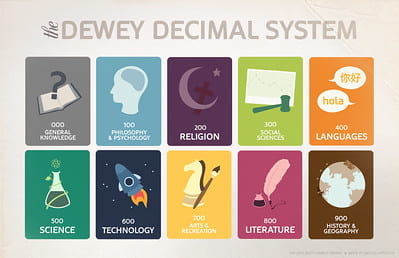

![Hider, P. (2018). The 6 Tables of DDC [Image] in Information Resource Description / Creating and Managing Metadata. Vol. Second edition. Facet Publishing. p195](https://teacherswhoknowme.edublogs.org/files/2020/10/Hider-P.-2018.-The-6-Tables-of-DDC-Image-in-Information-Resource-Description -Creating-and-Managing-Metadata.-Vol.-Second-edition.-Facet-Publishing.-p195.png)


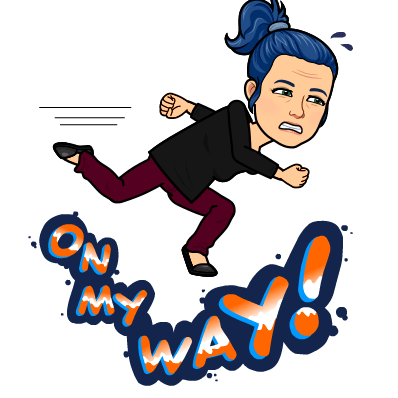
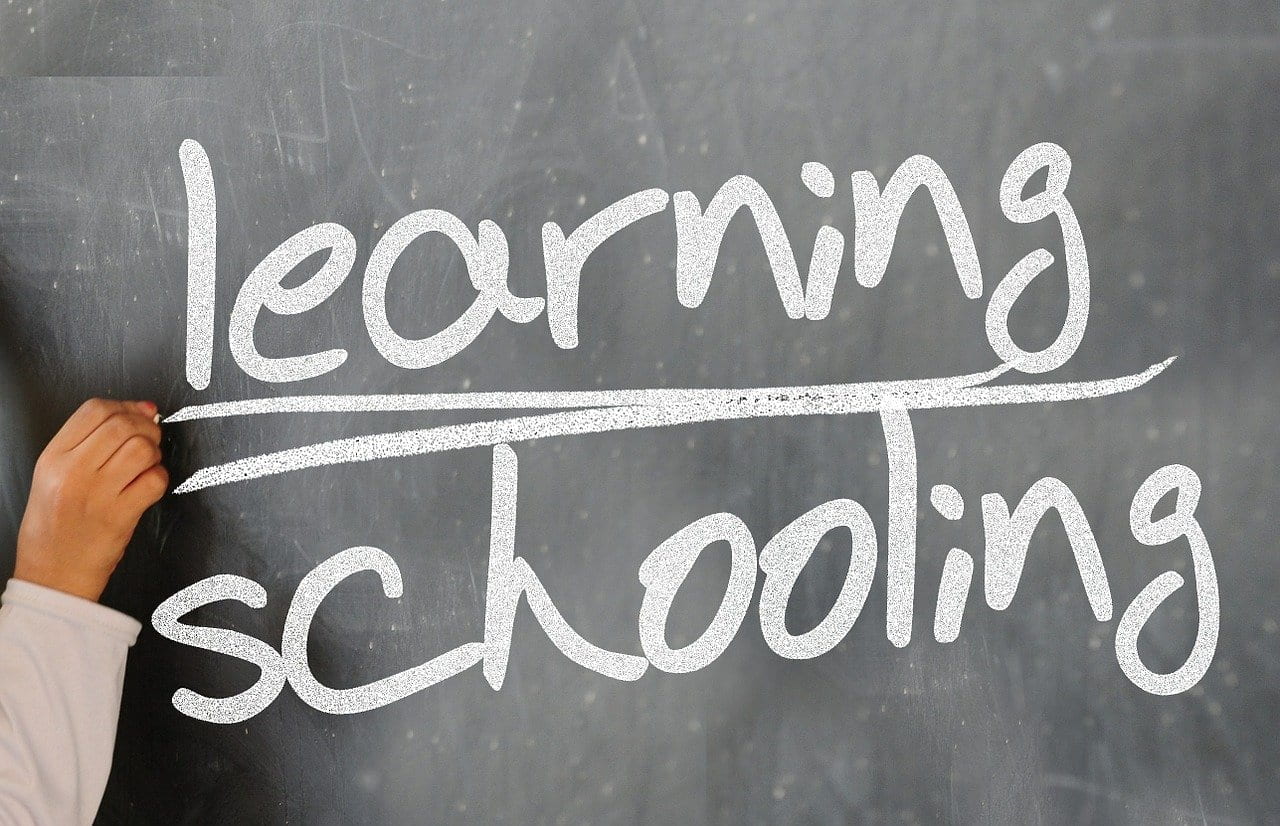
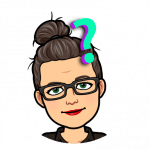
 Thoughts: $375 a year plus HECS repayments might be a bit much to ask as I’m working part time as a casual…maybe there is a job out there for me…
Thoughts: $375 a year plus HECS repayments might be a bit much to ask as I’m working part time as a casual…maybe there is a job out there for me…
